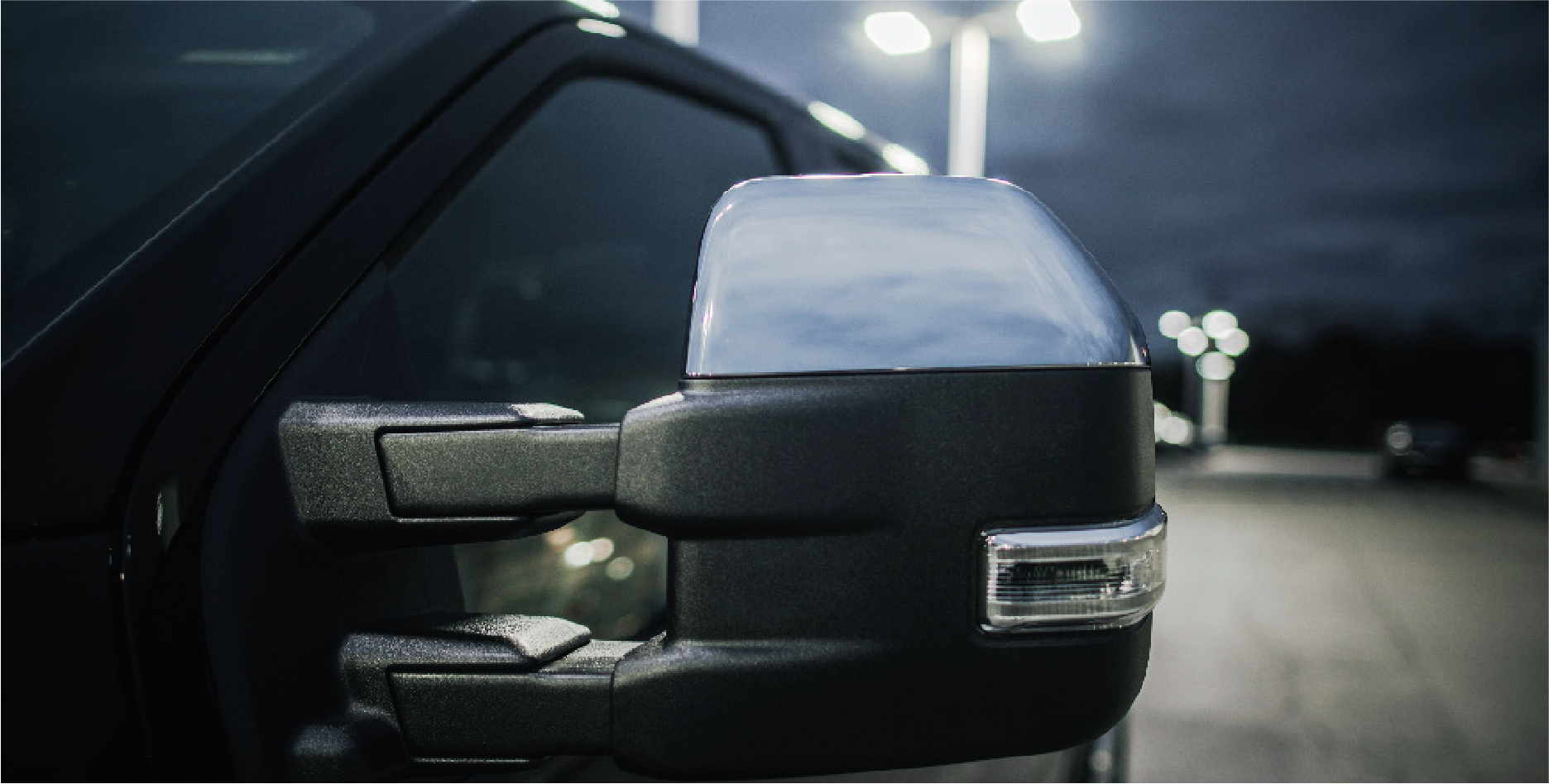
What Is An ADAS System?
ADAS (advanced driver-assistance systems) have become some of the best and most innovative features of new cars throughout the past decade. Designed to increase the safety of a car, ADAS are technological features that assist a driver in a handful of tasks. These systems make driving safer, increase a driver’s attention to the road, and enhance the vehicle’s performance.
How Does ADAS Work?
ADAS technology observes the world and obstacles around it and then provides that information to the driver or even will take action itself. Here are some popular examples of advanced driver-assistance systems:
- Blind spot monitors. With cameras watching both blind spots of the vehicle, a flashing icon will appear on the side mirrors if an object is inside the blind spots, letting the driver know it is not safe to merge at the time. Some cars now even have 8 cameras around the vehicle to show the entire car’s perimeter.
- Adaptive cruise control. A relatively new system to cars, adaptive cruise control has quickly grown to be a favorite among drivers. Using your typical cruise control of setting the vehicle’s speed at a certain mph (which is considered an advanced driver-assistance system itself), adaptive cruise control will constantly monitor what’s in front of the vehicle. It’ll calculate if there’s sufficient room to keep going at the set speed, and if there isn’t it will brake the car itself to cruise at a comfortable speed but keeping that distance from the vehicle in front. A driver with adaptive cruise control can enjoy the long drives a little bit more, knowing they don’t have to stress about finding the perfect speed since the car will do it for them.
- Lane departure warning systems. A common cause of crashes or near collisions is a driver falling asleep at the wheel or not paying attention and accidentally leaving their driving lane. With lane departure warning systems, that hopefully is a thing of the past. Using sensors and cameras to detect the lane, a car will pick up where the driving lane is and try to keep the car in it. Depending on the car, some vehicles will alert the driver if they’re leaving accidentally, and some will try to restrict the car from leaving if the turn signal is on or if the driver isn’t trying hard enough to merge lanes. Tightening the wheel, this ADAS almost acts as a barrier from the other driving lanes.
Other examples of ADAS include: anti-lock braking system, automatic parking, automotive heads-up display, back-up camera, forward collision warning, tire pressure monitoring, and much more.
A Safer Road Ahead
Some drivers even admit that driving with some of the new ADAS can be a bit of a shock at first, especially with lane departures and adaptive cruise control, but they quickly get the hang of it and agree that it makes them more comfortable and confident. The future of ADAS is continuing to get more innovative, producing a much safer road for everyone. Soon every car on the road will have some aspect of new, modern ADAS that significantly contributes to preventing crashes.
About Arizona Auto Glass
If you need help with your vehicle’s ADAS, don’t hesitate to reach out to the experts at Arizona Auto Glass. We are a locally owned automobile auto glass repair and replacement company along with system calibration. Visit our website to see why our customers praise our professionalism, quick response and service, and care to a
Why Choose Arizona Auto Glass Pros?
If your glass is cracked beyond repair, our shop offers professional replacements to restore your vehicle and keep it in top condition. Cracks in your vehicle’s glass are often distracting and may be dangerous for your driving safety. We use glass from the top suppliers in the country to replace your glass.
We understand how important your car, truck, or SUV is to your daily routine, and we’ll offer you a fast, friendly windshield replacement to get you back on the road. Our tools and adhesives will provide you with a secure, leak-free windshield installation that keeps your ve- hicle in top shape and up to code.
